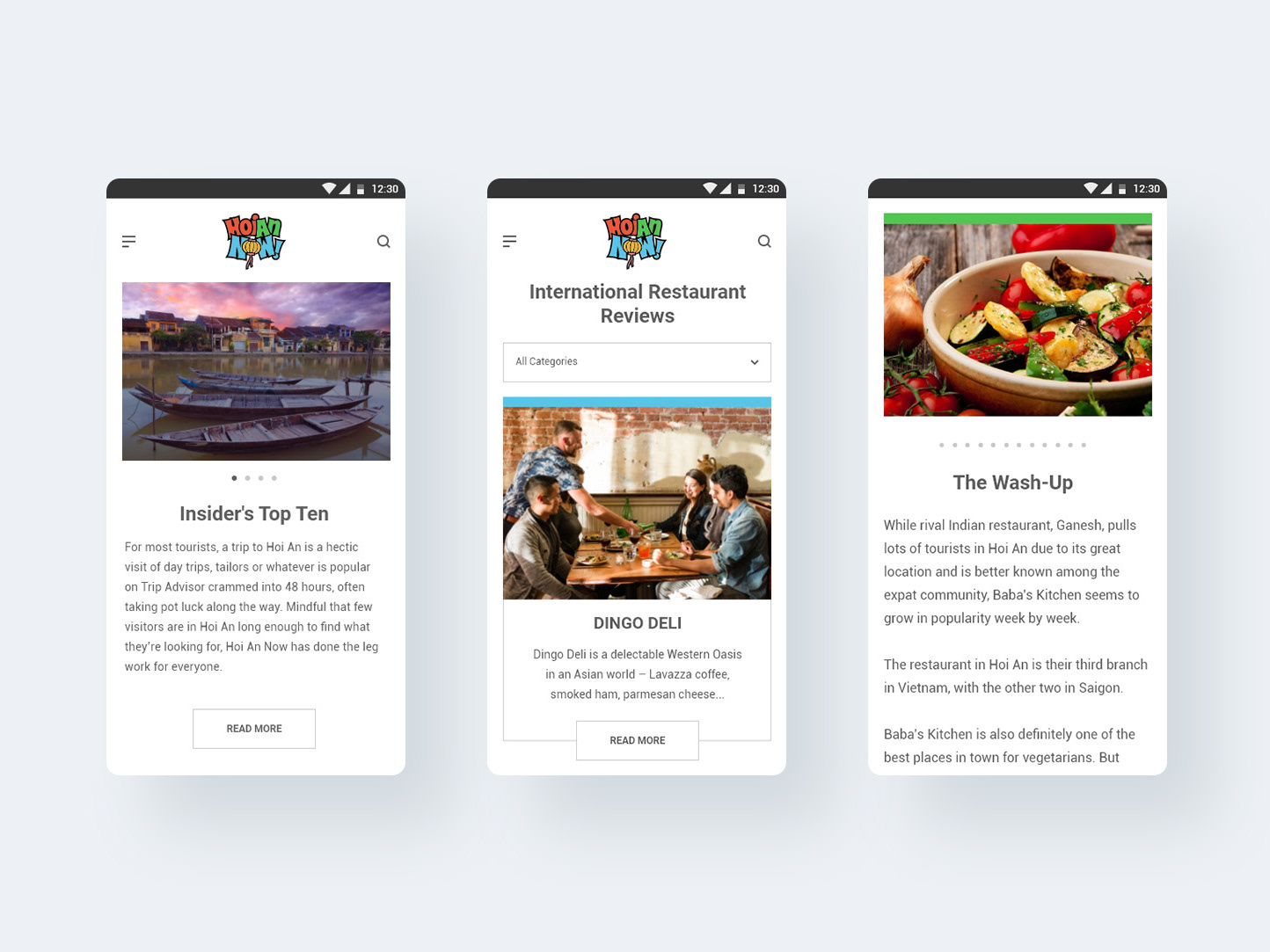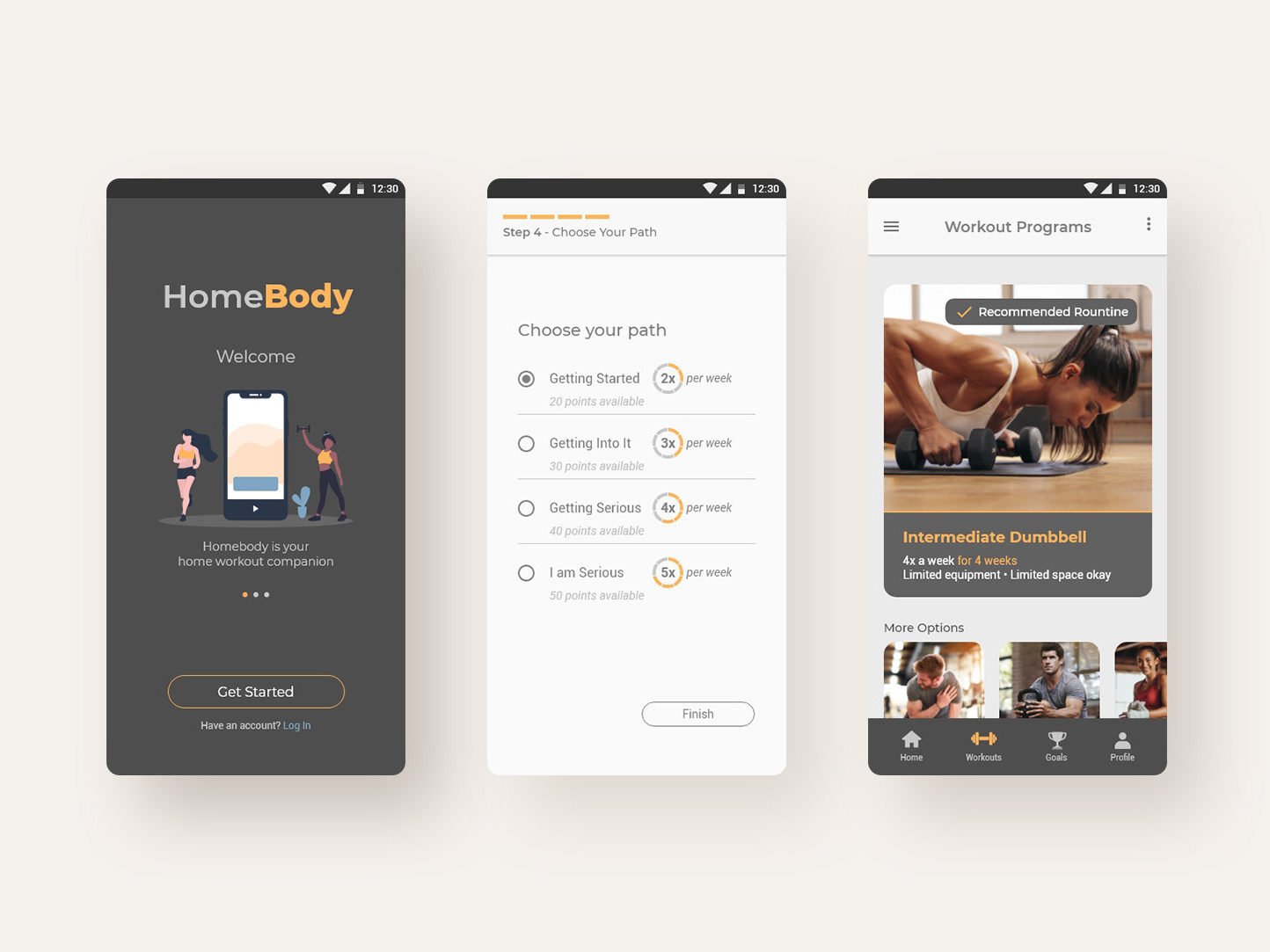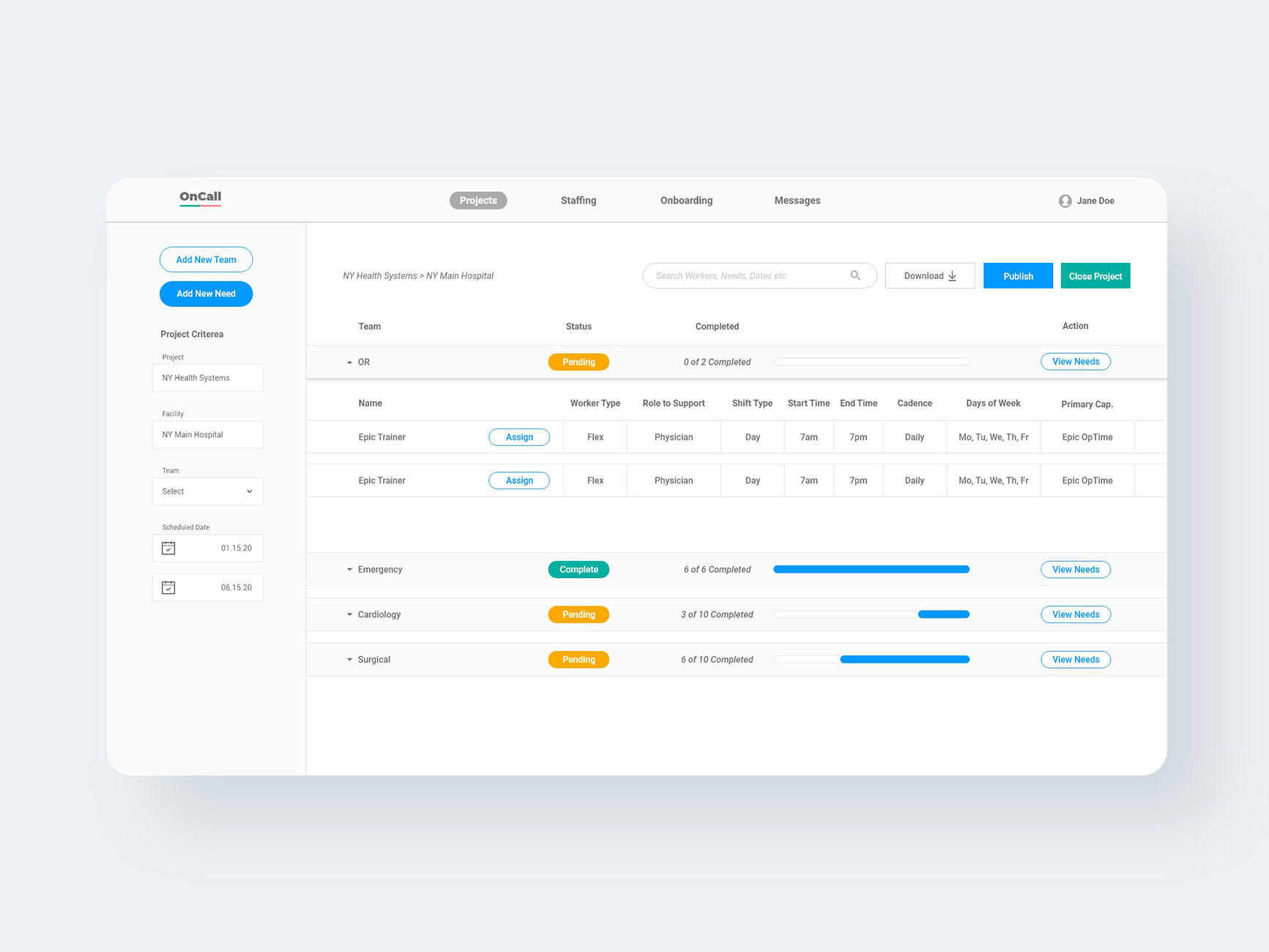Project Description
HomeBody was a design contest from the good people at Bitesize UX. Below is the challenge statement:
"House2Home is an e-commerce website that sells home decor items & accessories. Through customer surveys, they have found that many of their customers have just moved into a new apartment or home. These users want to buy multiple items to personalize their new place but they don't feel confident doing it on their own. House2Home sees an opportunity; create a 'starter kit' of items to instantly decorate their space. They've brought you on to run a design sprint to quickly test out a possible solution. The solution must be designed for larger screens (ie laptops, desktops etc). There needs to be a focus on helping users that want a 'starter kit' of multiple products to decorate their new apartment. Another thing to consider is that most products on the site are $10 - $50."
Timeline
Project was completed in a 24 hour timeline in March of 2020.
Persona
• Ally is a 23 year old from Chicago, IL.
• Ally graduated college one month ago, and has since moved into her first rented apartment - a small studio in Chicago, where she lives by herself. Before moving in, she was really excited to decorate her apartment, especially since it would be the first time living alone, with her "own" space. Ally browses Pinterest for ideas on how to decorate her apartment, and saves photos of apartments and rooms she likes - mostly, small spaces that felt bright and lively.
• Ally knows the "look" she wants - but she doesn't know the right things to buy to achieve that with her apartment. Ally wants to buy some decorative items that will have an impact on her apartment, but she doesn't want to (or, isn't allowed to) make big changes like painting or renovations. The photos she saves of inspiration usually have more decorative pieces than she could ever afford. How can she get a similar look on a budget?
• Ally wants to give a quick "facelift" to her apartment, without needing to shop for lots of individual items.
Research Findings
During the early part of the process, I went more towards AI and AR to help the user discover with products would work well in their room. Some early ideas included users taking pictures of their room and the system analyze colors, materials and accents to generate view within the room. Another idea was to have the user stand in the middle of the room and scan a 360 degree picture. They could then add items into the room using AR.
I wasn't sure that any of that would work. Then I realized that I wasn't listening to the user research. Sure it would be interesting to virtually see how items could fit into your apartment using new technologies. The research however, was saying something different. Users had a hard time deciding which items to buy and were clamoring to have an expert help them in the decision making.
Curated Collections by Designers
I wanted the users to choose from a collection of items curated by professional interior decorators based on themes. They could then customize the kit, while still being guided by the professional. As if the user hired the decorator themselves. Following a simple 5 step process, the user had the guesswork taken out of purchasing decorative items for their home.
Step 1: User selects from a set of curated starter kits based on different "on-trend" interior design themes.
Step 2: User views items within a number of staged rooms. They can then read about how the designer curated the collection. The designer's web links are provided if the user wants to see more work. Finally, the collection is on full view, either ready to be purchased or customized.
Step 3: User can customize the collection. They can delete or exchange items as they see fit.
Step 4: User can exchange items under the watchful eye of the designer. Here they're given prompts to find how much a particular item might work with the rest of the collection.
Step 5: User can refine collection based on price. Here the designer again will keep the items most vital to preserving the look of the theme.
Next Steps
The next steps I would take would be to validate this idea. That would mean user testing the prototype. I would also conduct additional user research to find if this was an idea worth considering. The quick bits of feedback I received post prototype were in regards to UI. Millennials want to make decor purchases through websites that maintain a certain level of sophistication. I would make sure the branding was on point to attract the right kind of customers to the website.



